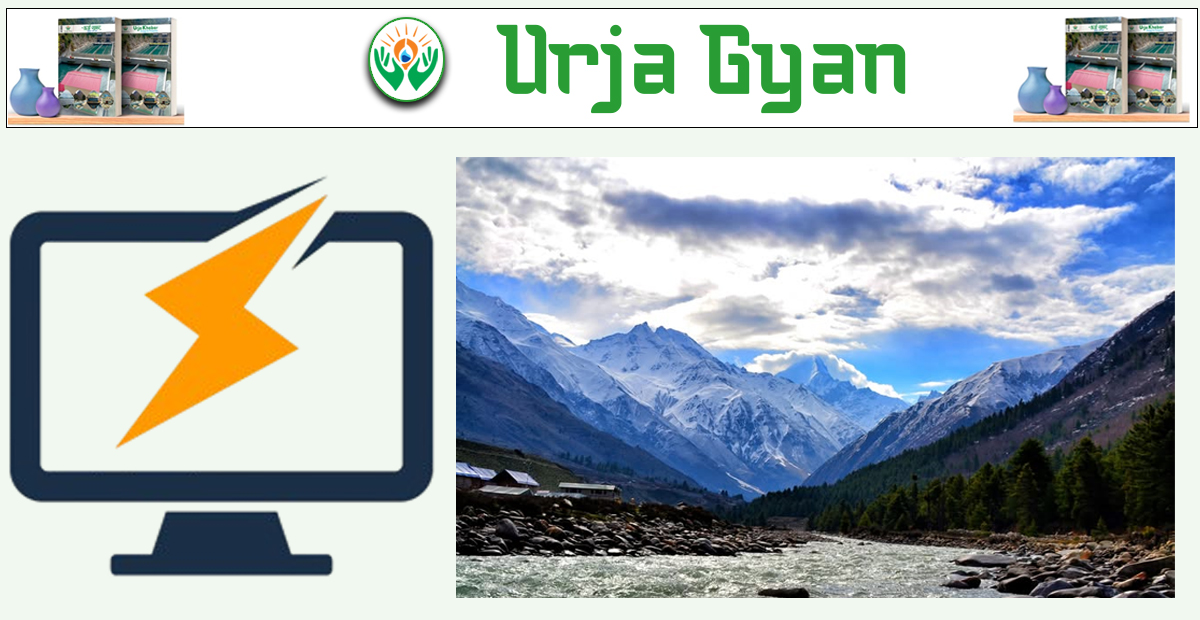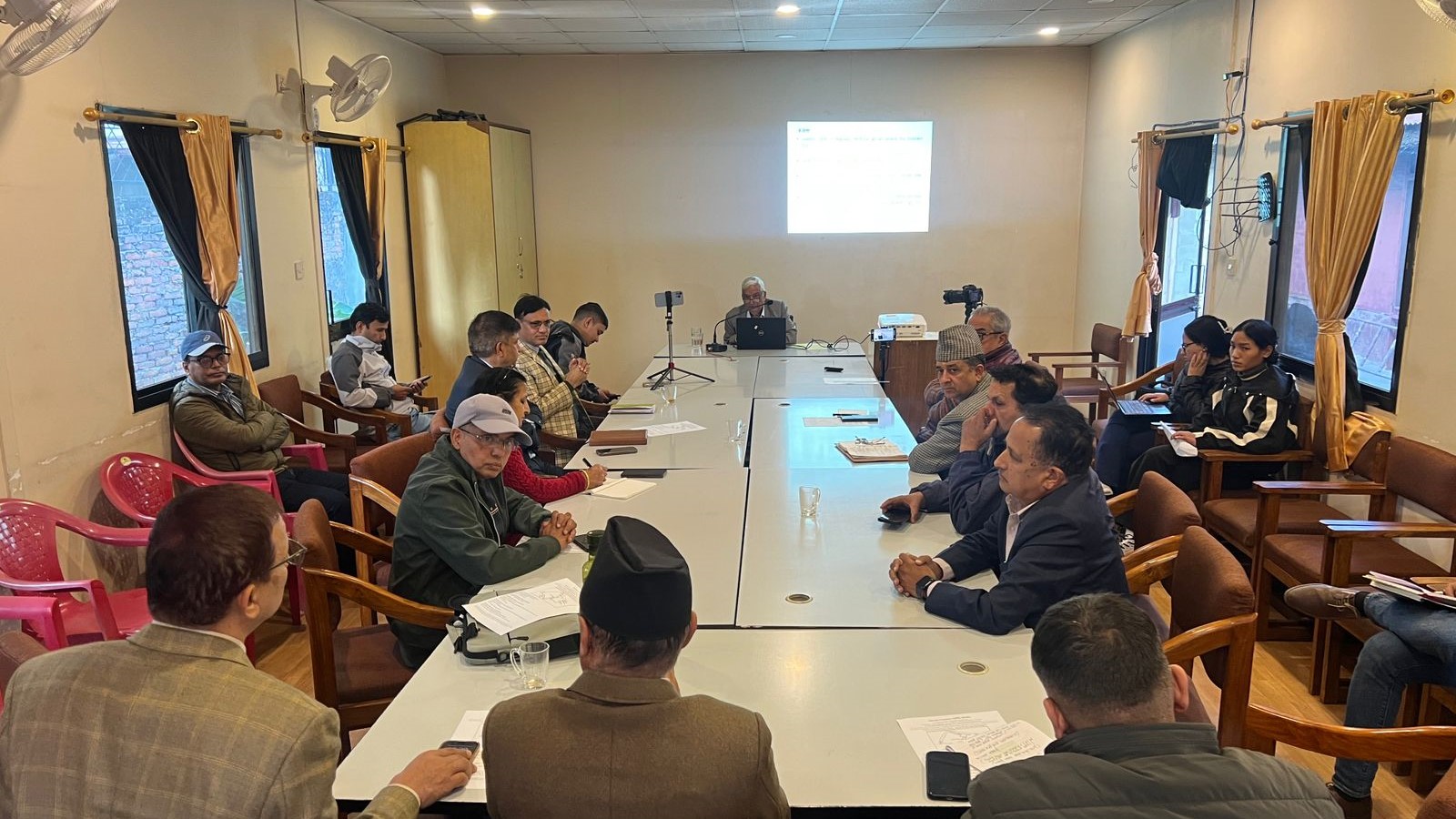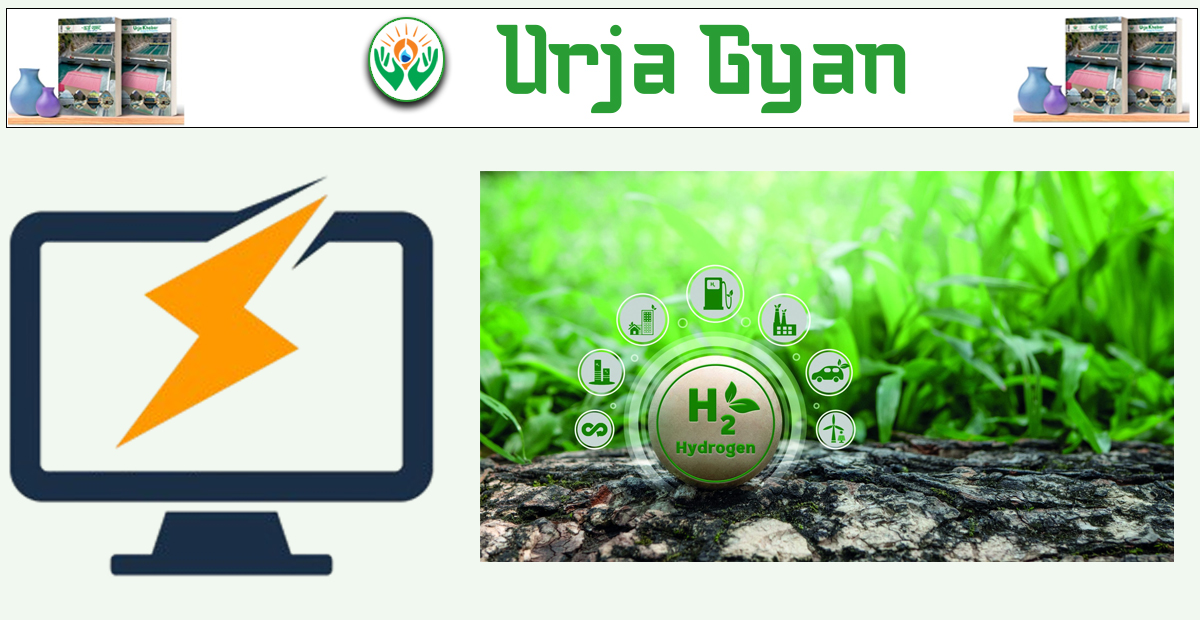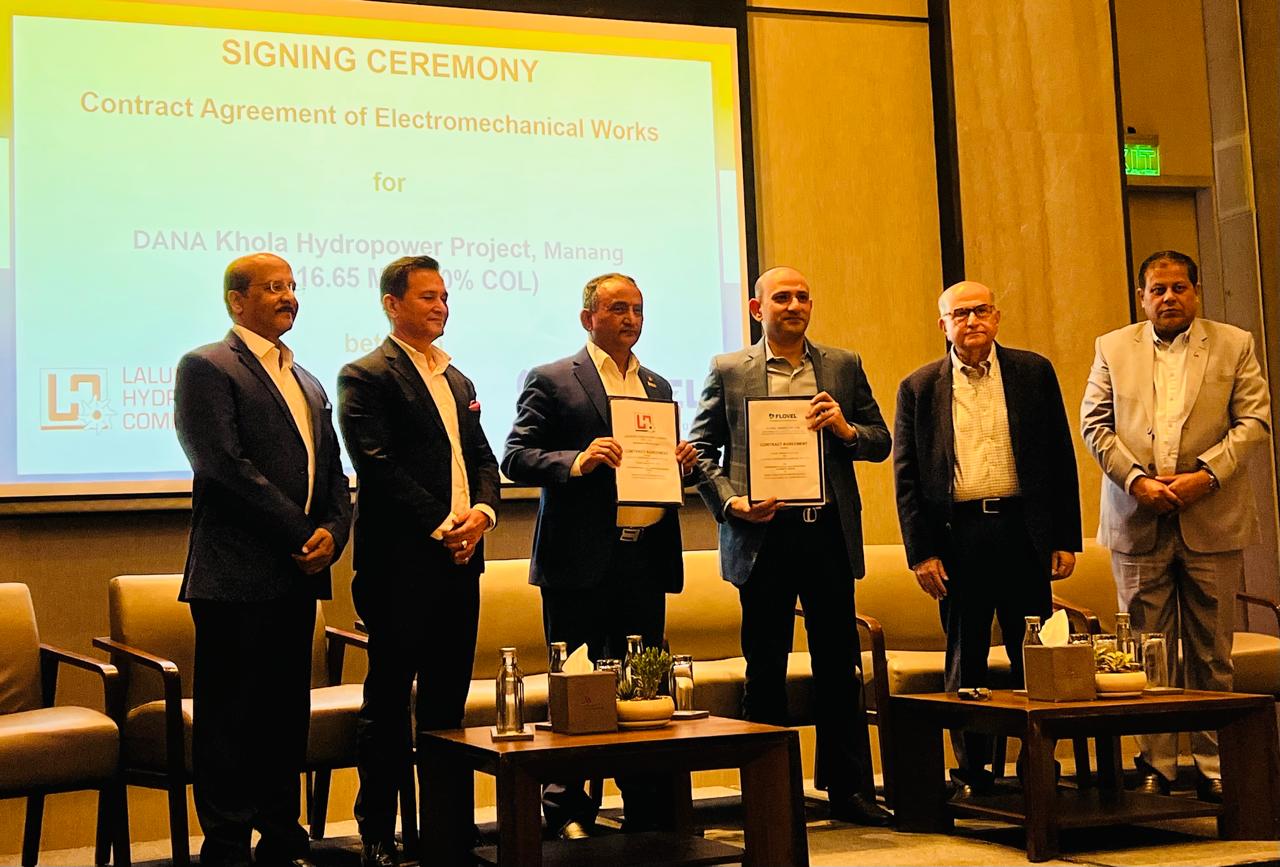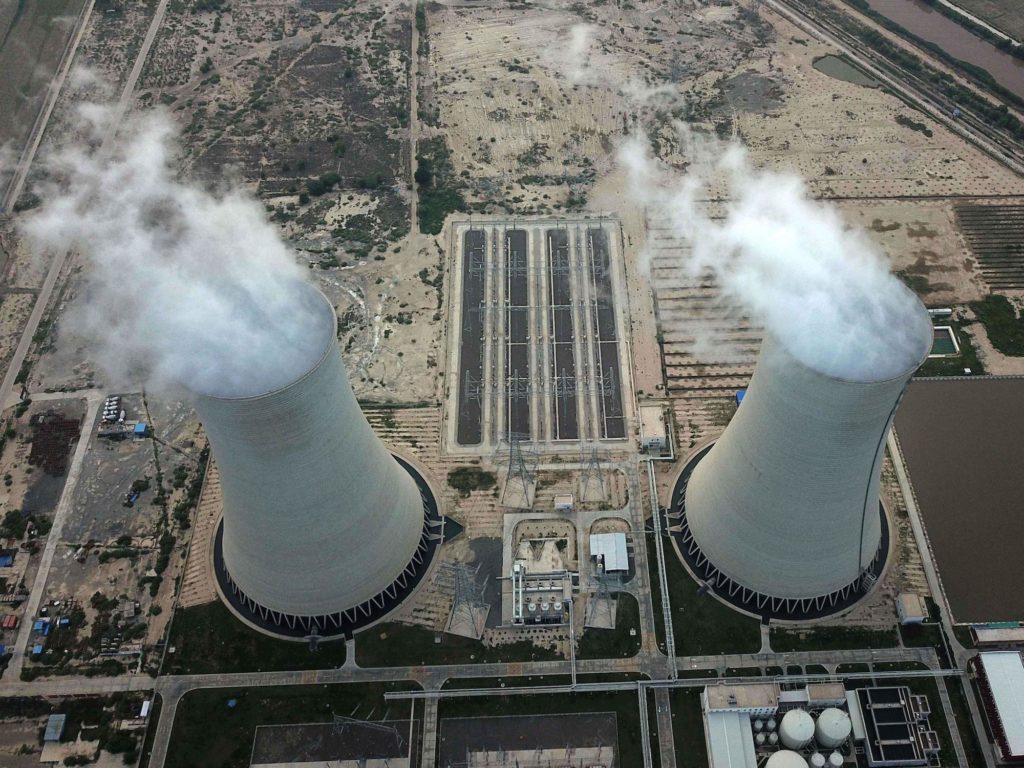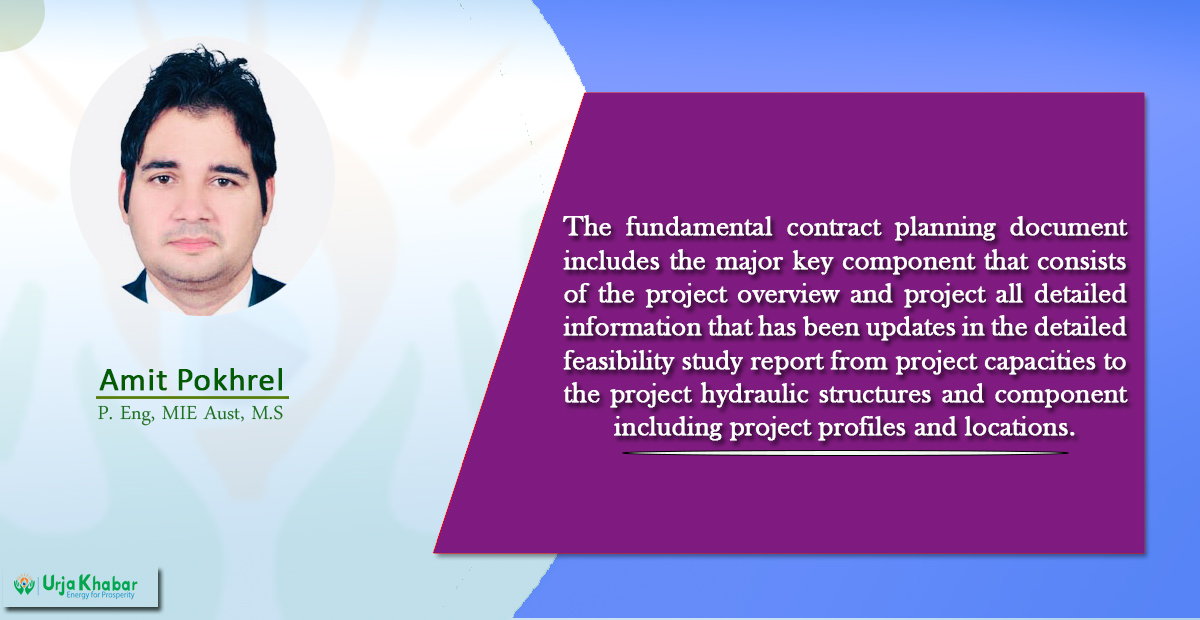Energy Update
Melting Peaks-Major Challenges for the Future of Hydropower and Economic Growth in Nepal
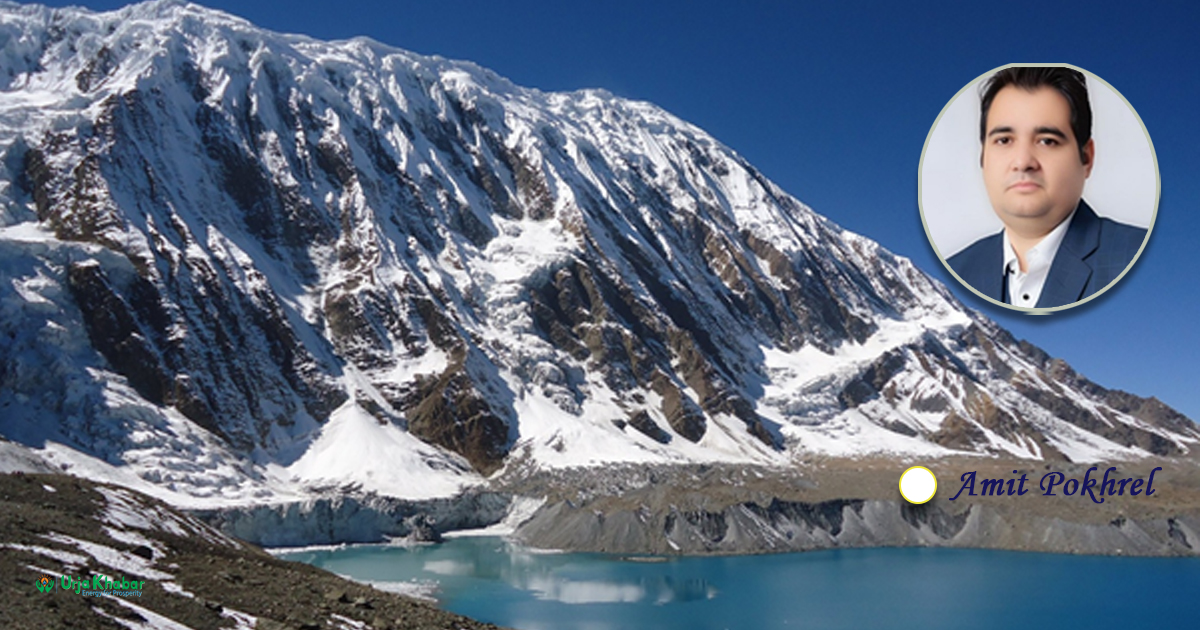
Nepal, a landlocked country endowed with abundant water resources mainly sources from the rivers fed by the snow and glaciers in the Himalayas. As from the various authors point of view and the analysis, the country’s hydropower potential is estimated to be around 83,000 MW, with approximately 43,000 MW capacity considered economic for sustainable energy development in Nepal.
Over the past decades, Nepal made considerable progress in the hydropower sector with significant investments from banks and foreign institution to develop the small scale to large scale hydropower projects with numerous projects initiated since the 1960s. The country has successfully harnessed a portion of its hydropower capacity to cater the loadshedding that the Nepal’s faced in the past years.

The Nepal Electricity Authority (NEA) serves as a key function in managing and distributing electricity generated from the hydropower plants.
Snows and glaciers form a crucial part of Nepal’s hydrological cycle. Acting as a natural reservoir, they store water during colder months and release it gradually in warmer seasons, sustaining the flow of major rivers such as Koshi, Gandaki and Karnali which are crucial for the hydropower generation. This gradual meltdown release is vital for maintaining river flow and supporting hydropower generation, especially during dry periods.

In addition, the Climate Change poses a serious threat to Nepal’s hydropower sector. To link this view, the Intergovernmental Panel on Climate Change (IPCC) has indicated that the Himalayan region will face rising temperatures, shifts in precipitation patterns, which shall affect the timing and quantity of melting snow peaks. Many scientific studies have observed that the Himalayan glaciers and snow covers are shrinking rapidly, with estimates indicating glacier has reduced by up to 30% over recent decades. If this trend continues, the resulting decrease in snowpack and changes to hydrological systems will likely undermine Nepal’s hydropower generation capacity, threatening sustainable growth in the energy sectors for the developers and the government.
“Despite Nepal’s vast hydropower potential, climate changes introduce serious challenges that requires urgent attention by the policymakers, the government institution and the independent power producers. Many scientific studies have observed that the Himalayan glaciers and snow covers are shrinking rapidly, with estimates indicating glacier ass has reduced by up to 30% over recent decades. If this trend continues, the resulting decrease in snowpack and changes to hydrological systems will likely undermine Nepal’s hydropower generation capacity, threatening sustainable growth in the energy sectors for the government and the developers”
The recent report from the ICIMOD brings to light a concerning trend regarding the rapid retreat of glaciers in Himalayan region. It’s a symbol of alarming to see that these glaciers are melting at a much faster rate than before. This substantial is not just the environmental issues, but it poses a serious risk to our water resources and the biodiversity that rest on on these ecosystems. Their up-to-the-minute results indicate that glaciers are disappearing at a rate approximately 65% quicker from 2011 to 2020 than in previous decades.
This accelerated melting poses a significant risk to water security for millions of individuals who depend on these vital water sources and as well to the hydropower developers to generate the electricity from the same dependency that can be much vulnerable in terms of preserving vital resources for the well-being. It’s a wake-up call for all of us where we need to pay much attention of climate change in our region.
To support this, the global impact has been taken as the reference. The 2025 Snow Update Report from ICIMOD reveals that the Hindu Kush Himalayan region is experienced its third consecutive year of below-normal snow cover, with snow persistence hitting a 23-year low of -23.6%. This decline threatens nearly two billion people who depend on water origination from these mountains.
Similarly, Mekong Basin witnessed a sharp drop in snow persistence of -51.9% in 2025, down from a high of +80.3% in 2019, signalling extreme variability that jeopardizes hydropower and agriculture. Brahmaputra Basin experienced a snow persistence decline of -27.9% in 2025, a serious concern for water security and farming. Tibetan Plateau saw a -29.1% decrease, highlighting the vulnerability of this critical water source to climate shifts. Over the past 23 years (2003-2025) observation show recurrent seasonal snow deficits with significant year-to-year variation.
ICIMOD emphasizes that persistent seasonal meltwater shortages will reduce river flows and intensify water stress, especially downstream where populations are already grappling with heatwaves and climate variability. Due to these findings, it underscores the urgent necessity for adaptive water resource management and strategies to mitigate the adverse effects of snow loss on Nepal’s hydrology and dependent communities that are linked with the hydropower development to agricultural sustainability for food production for present and future generations.
The interplay between snow, glacier melt, and hydropower development is complex and increasingly influenced by the climate effect. Despite Nepal’s vast hydropower potential, climate changes introduce serious challenges that requires urgent attention by the policymakers, the government institution and the independent power producers.
By implementing adaptive strategies and investing in climate-resilient infrastructure, Nepal can work towards a sustainable energy future. To tackle the pressing challenges it faces, the country should explore a variety of renewable energy options, including solar, green hydrogen, wind, and biomass, to support its development goals. Although hydropower is essential for Nepal's energy needs, it's important for the country to explore other renewable energy sources such as solar and wind.
By diversifying its energy portfolio, Nepal can reduce its dependence on hydropower and strengthen its overall energy security. This strategy not only builds resilience against potential disruptions but also fosters a more balanced and sustainable energy future for the nation. Embracing a variety of renewable options will help ensure that Nepal can meet its energy demands while protecting the environment.
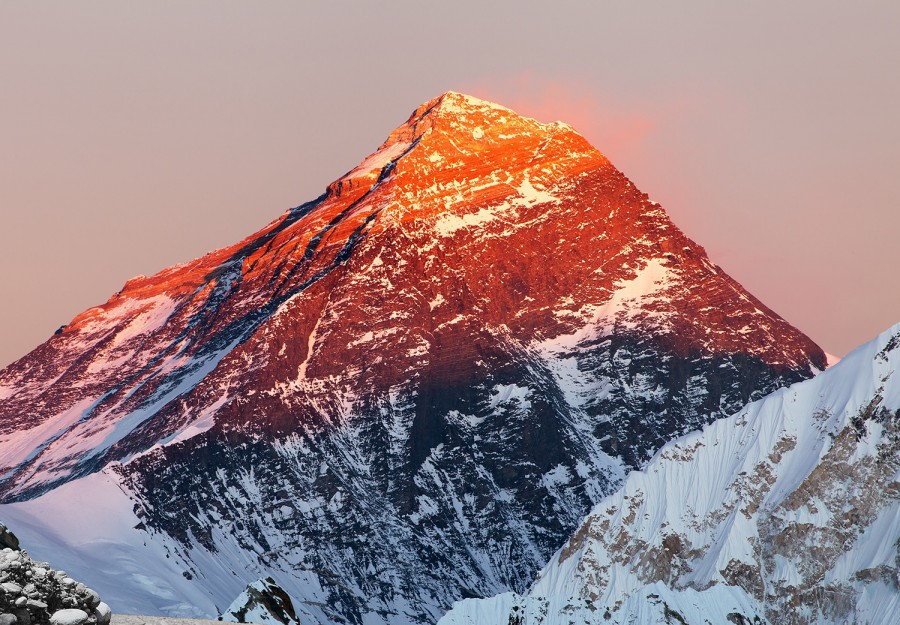 The snowpack is said to have been eroded, exposing black ice and fuelling melting process
The snowpack is said to have been eroded, exposing black ice and fuelling melting process
Clear understanding of the geographical landscape of Nepal, the solar farm can be an alternative solution which the government can rely upon. The roads, highways, the lanes, the electricity shall be developed in such a way that maximum solar panels can be used. The solar panel can be used in the top of the governmental buildings, private complexes, airports, hospitals, schools, universities, and can be used for the development of the greenfield. This is particularly concerning for a country that relies heavily on hydropower for its energy needs.
Meanwhile, investment in research and development can help improve the planning and adaptation of the hydropower projects. It is also vital for the government to engage the local communities in the inclusive decision-making approach regarding managing the resources and focus on the alternative measures. Similarly, the government shall focus from an economic point of view by promoting sustainable tourism mechanisms that promotes the local, regional and the international tourists that could offer the alternatives sources of income to the local communities and the revenue generation to the local government reducing its dependency on the hydropower revenue only.
Furthermore, cooperation with neighbouring countries on water resource management and energy sharing-potentially within frameworks like the South Asian Association for the Regional Cooperation (SAARC) can enhance regional energy security and economic stability.
Nepal shall be proactively ready to counter the risks posed by the climate risks that is affecting our snow-fed mountains and the livelihood living the surrounding. It’s equally a critical for the Nepalese government, private sectors and the communities that this long-term implication can affect the growth and the opportunities of such natural disasters. The time has come to think for more sustainable means on focusing on the alternative resources as well to safeguard the huge investments that we poured for the development of the hydropower projects.
We should focus on collaborating with international agencies how they have adopted to tackle climate change specially the effects of the melting ice can affect the future of the hydropower and the economic growth as almost all of Nepal's electricity generation comes from hydropower, with estimates indicating that around 90% of the country's electricity is derived from this source. In this context, Nepal should take the example of the foreign countries to adopt the mechanism of the alternative energy sources side by side so that it would be a foundation that will inspire all the stakeholders to engage proactively in securing alternative means of energy resources to secure a sustainable future ahead.
The Author is the Executive Advisory Committee member of the Fast Infra Label, Global Infrastructure Basel Foundation, Switzerland.
Reference:
1. Glacier status, recession and change in Nepal - AntarcticGlaciers.org
2. New reports identify impacts of climate change on world’s highest mountains - ICIMOD
3. The Hindu Kush Himalaya assessment: Mountains, climate change, sustainability and people
4. Landmark study: Two-degree temperature rise could melt half of glaciers in Hindu Kush Himalaya region, destabilizing Asia’s rivers - ICIMOD
5. ICIMOD responds to UN study finding ‘Food, Water, Energy and Livelihood security in jeopardy in the Hindu Kush Himalaya’ - ICIMOD
6. Nepal’s mountains are melting | Nepali Times
7. Melting glaciers in Nepal - alarming data from the last 30
8. Nepal’s glaciers are retreating faster than ever
Conversation
- Info. Dept. Reg. No. : 254/073/74
- Telephone : +977-1-5321303
- Email : [email protected]






